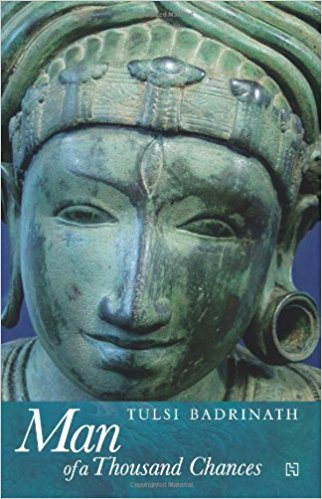Tulsi Badrinath has produced another elegant work, which explores the urban map in new ways. In this novel, she brings to our attention the banality of middle class chores and the concern with the details of these. It is the contradictions within the facade that interest Badrinath. Essentially, she has the eye of the passerby, but that passerby has been for decades looking into the hearts and lives of a North Indian diaspora community living in Chennai. The intimacy with which the map of Mount Road or other familiar mnemonics are created in this novel is interesting.
Harihar, the nondescript clerk, who is assistant to a curator at the Madras Museum, steals a gold mohur which weighs two kilos, and which has exquisite calligraphy and images embossed. The coin was struck by Jehangir, who minted gold coins in dedication of his love for his Queen, Noor Jehan. She was a very powerful empress in Mughal India, who left a monument to her warrior father, filigreed in marble and semi precious stones, which still stands in Agra for us to see.

